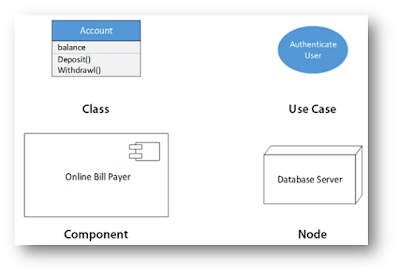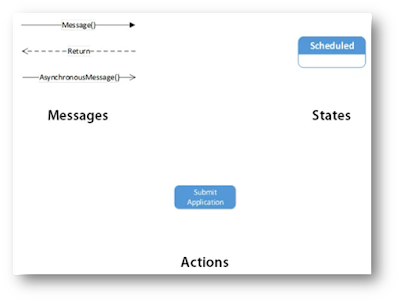UML Basics
Unified Modeling Language (UML) makes it possible to describe systems with words and pictures. It can be used to model a variety of systems: software systems, business systems, or any other system. Especially notable are the various graphical charts—use case diagrams with their stick figures or the widely used class diagrams. While these diagrams aren’t fundamentally new, the worldwide unification of modeling languages is new with UML, which was standardized by the Object Management Group (OMG), an international association that promotes open standards for object-oriented applications.
Note: The intention of this post is for quick reference to the most basic UML diagrams.
Basic Building Blocks
Boxes
Messages, states, and actions
Relationships
Types of modeling
Structural Modeling
1.
Things
a.
Physical
b.
Conceptual
2.
Static Parts
3.
Nouns
Diagrams
Class diagram
Implementation and inheritance
Relationships
Basic Class Diagram
Component diagram
Connected Components
Basic Component Diagram
Package diagram
Basic Package Diagram
Deployment diagram
Behavioral Modeling
1.
Functionality
a.
Processes
b.
Interactions
2.
Dynamic Parts
3.
Verbs
















Comments
Post a Comment